Here are a few important interesting FAQ’s we received about laser power meter and sensor specifications we provide in our sensor data sheets. Check out the interesting informative answers:
Q: When a damage threshold specification refers to a certain maximum power density, what beam profile is assumed?
A: Clearly there are many possible power/energy distributions, and laser damage to a sensor can occur at a local peak power density spot even if the overall power density is within spec. Ideally, then, a damage threshold spec should depend on what the beam profile is. However, it is very difficult to calculate what the peak power density will be at the center of a beam unless it is a uniform (“top hat”) beam – which is seldom the case. Further complicating things is the fact that a laser spot’s borders are not solid lines but rather have a certain “fuzziness”, which is why modern beam profiling equipment offers a variety of mathematical definitions of beam size when measuring a profile.
In order to provide users with a useable, practical guideline, we do define our specifications in terms of a uniform distribution. However, when we determine the actual damage thresholds for our sensors, we take a level of safety margin into account, so that for “typical” beams whose profile is not too complex our specification will roughly reflect the peak power density of the beam. As a further safety measure, we also always recommend that users choose a sensor that, all other things being equal, will work at not more than 50% of the specified damage threshold.
Q: What should I look for when checking laser power or energy meters for damage threshold?
A: One has to be careful about this since many vendors quote the damage threshold at a power much lower than the maximum power of the particular sensor being advertised. As an extreme case, a meter that can measure up to 1000W, may be quoted a certain damage threshold and in a footnote, it may be noted that this damage threshold is for 10W. The damage threshold can go down dramatically with power and the damage threshold at 1000W may be 4 or 5 times less than at very low powers. Ophir always quotes damage threshold for a particular sensor at the highest power the sensor can measure.
Q: When an accuracy spec is given, what exactly is meant?
A: The Ophir specification on accuracy is in general 2sigma standard deviation. This means, for instance, that if we list the accuracy as +/-3%, this means that 95% of the sensors will be within this accuracy and 99% will be within +/-4% For further information on accuracy see https://www.ophiropt.com/en/a/calibration-procedure-and-traceability
Q: What is the minimum power you can measure?
A: This depends on whether you are using a thermopile sensor head or a photodiode sensor head. With our most sensitive thermopile sensor head, model 3A-FS one can measure down to 20 uW. With our photodiode sensor heads we have a several types, silicon, InGaAs and Germanium. Each has a spec on minimum power, which can be in the nW or even pW range. For more information about minimum measurable power and how we define it conservatively please visit the following link: How to determine the lowest power your sensor can measure?
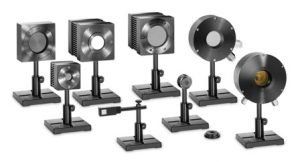
Over the years we at Ophir answered many customers’ great questions on many laser measurement topics, to read more or to ask your own question at our “ask an expert” page.
You might also like to read: How To Prevent Damage To Your Thermal Laser Sensor: Some Helpful Hints

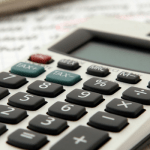
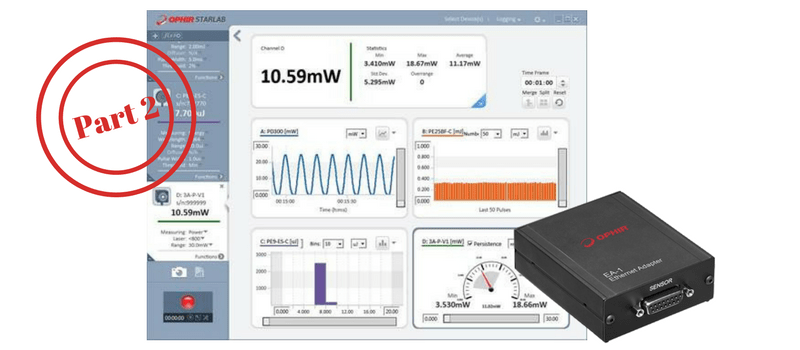
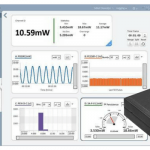
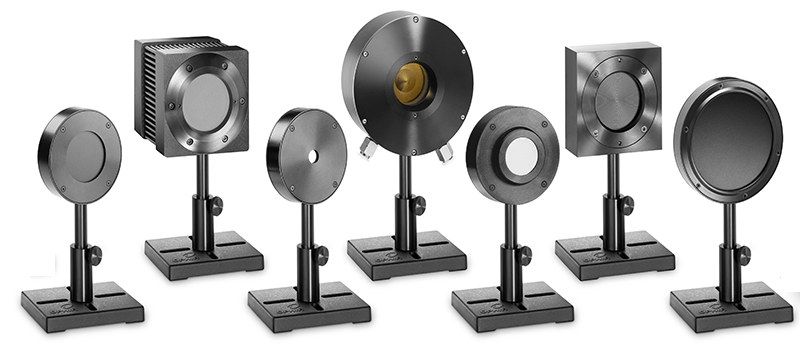
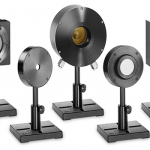




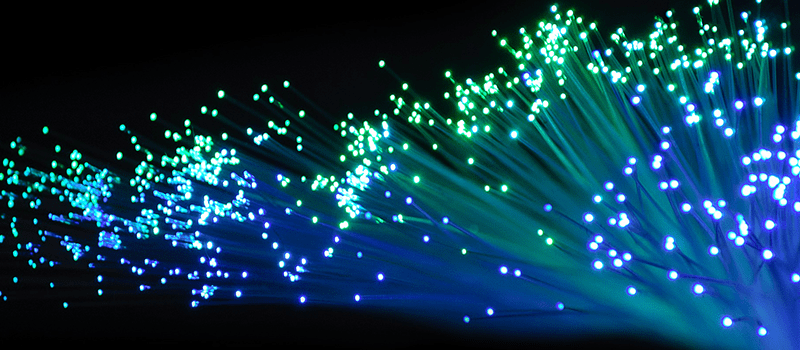

Leave a Reply
Your email address will not be published. Required fields are marked *